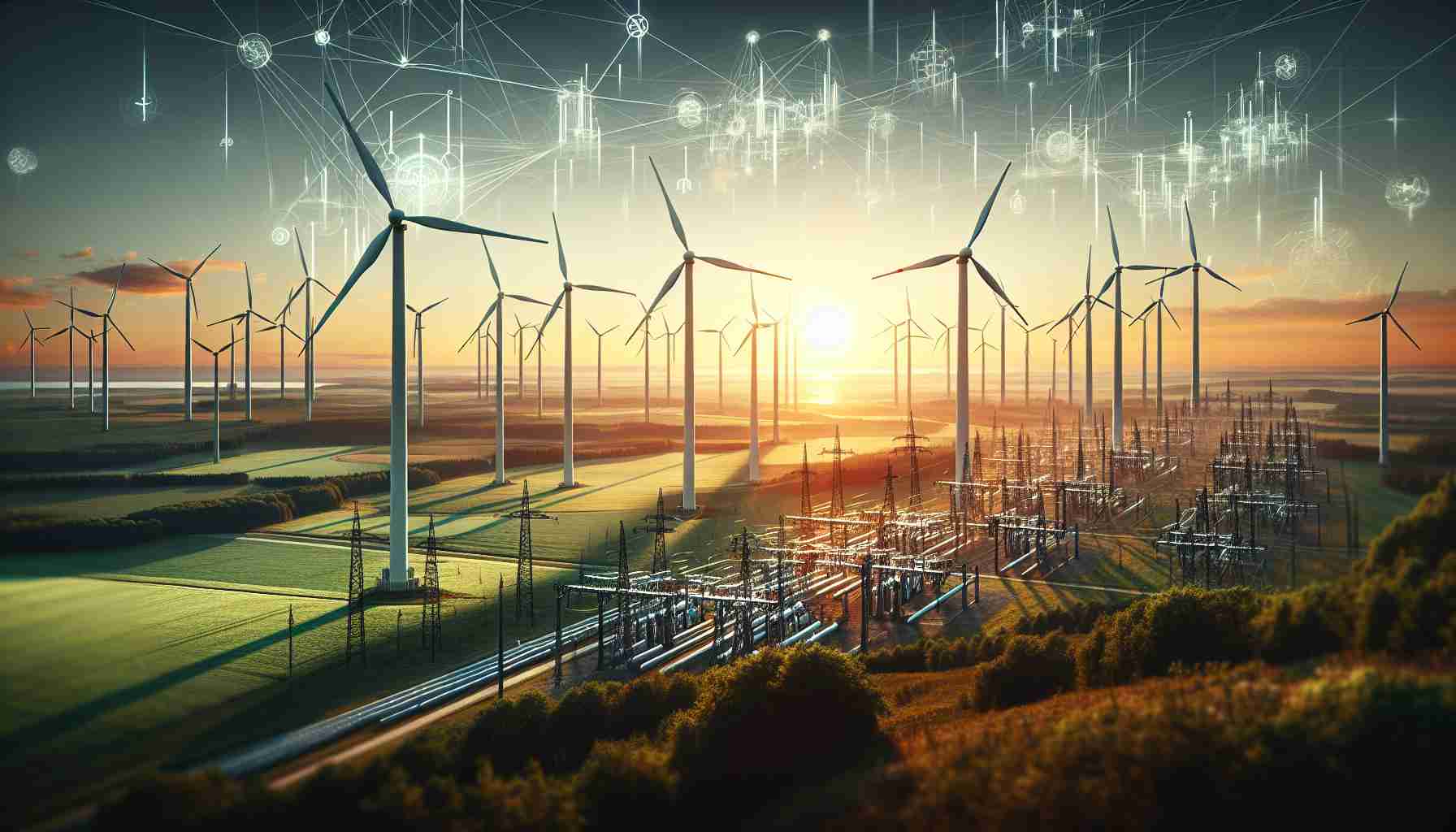- Estonia, Latvia, and Lithuania have severed their electrical connections to Russia, enhancing energy independence.
- This move symbolizes a rejection of previously lingering Soviet influences.
- The Baltic Power System is now operating autonomously, linked to European energy networks.
- Investment of €1.6 billion in energy infrastructure strengthens defenses against external threats.
- The initiative reflects a broader commitment to resilience and security amid geopolitical tensions.
- Balancing energy autonomy with regional cooperation prepares these nations for a self-reliant future.
In a bold and historic move, Estonia, Latvia, and Lithuania have officially cut their electrical ties with Russia, marking a decisive leap toward energy independence and greater security within the European Union. This strategic disconnection from the Soviet-era grid symbolizes a strong stance against Moscow, echoing their commitment to sever lingering influences from the past.
On a pivotal Saturday, officials flipped the switch, shutting down the old transmission lines. As the Baltic Power System embarks on its first 24 hours of autonomous operation, it is set to seamlessly integrate into European energy networks with connections to Finland, Sweden, and Poland. This shift gives the Baltic states complete control over their energy resources—a long-awaited goal finally realized.
Lithuania’s energy minister proudly declared that the Baltic system is now “in our hands,” emphasizing the profound sense of achievement among Baltic leaders. Following their triumphant independence from Soviet control in the 1990s, this milestone comes as a necessary response to recent geopolitical tensions, especially after Russia’s invasion of Ukraine in 2022.
Investing approximately €1.6 billion into upgrading their energy infrastructures, these nations have fortified their grids against potential threats. Estonian officials confirmed that this shift not only enhances their energy security but also removes the Kremlin’s ability to wield energy as a weapon against them.
As these free nations stride confidently into a new era, they exemplify resilience and a shared commitment to standing firm against aggression, ensuring a stable and independent energy future. The key takeaway? With this decisive action, the Baltic states have turned the page toward a secure and self-reliant energy landscape.
Breaking Free: The Baltic States Forge a New Energy Future
The recent disconnection of Estonia, Latvia, and Lithuania from the Russian electricity grid marks a historic milestone in energy independence and security within the European Union. This transformative event is not just a symbolic gesture; it reflects a comprehensive strategy to enhance energy autonomy amidst growing geopolitical concerns.
Key Features of the Baltic Energy Transition
1. Energy Independence: The Baltic states have successfully cut ties with Russian energy, reflecting a unified stand against external pressures and influences while fortifying their energy sovereignty.
2. Modern Infrastructure Investments: An investment of approximately €1.6 billion was made to upgrade the energy infrastructure, allowing these nations to enhance their grid resilience, performance, and security against potential threats.
3. Seamless Integration into European Networks: The Baltic Power System’s new setup allows it to connect efficiently with neighboring countries such as Finland, Sweden, and Poland, paving the way for better energy exchange and cooperation.
Pros and Cons
– Pros:
– Enhanced energy security and reduced reliance on Russian energy sources.
– Improved infrastructure may lead to more stable electricity prices.
– Strengthened collaboration with other EU states.
– Cons:
– High costs associated with infrastructure upgrades.
– Potential initial disruptions during the transition period to a fully autonomous system.
Trends in Energy Independence
The Baltic disconnection aligns with a broader trend across Europe to reduce dependency on Russian energy, especially following geopolitical tensions. Countries are increasingly looking towards renewable energy sources and partnerships within the EU to establish a more resilient energy landscape.
Insights and Market Forecasts
– Market Growth: As the Baltic states stabilize their energy independence, we can expect a growth in investments in renewable energy sources, which could potentially lead to a market expansion in clean energy technologies.
– Energy Collaboration: Trading energy with neighboring countries will likely result in new collaborations within the EU energy market, enhancing competitive pricing and energy accessibility.
Three Important Related Questions
1. What does this mean for Baltic energy prices?
– As the Baltic states become self-reliant, energy prices may stabilize. Initial infrastructure investment and transition costs might lead to fluctuations, but ultimately, localized generation and improved grid management could lead to better pricing.
2. How will this impact regional security?
– This strategic move strengthens regional security by reducing vulnerability to energy supply disruptions from hostile actors, thus enhancing the Baltic states’ geopolitical position in Europe.
3. What future energy sources will the Baltic states explore?
– The Baltic states are likely to invest more in renewable sources such as wind, solar, and bioenergy, aligning with EU climate objectives and transitioning to a more sustainable energy future.
For more insights on energy independence and geopolitical strategies, visit EU External Action.
